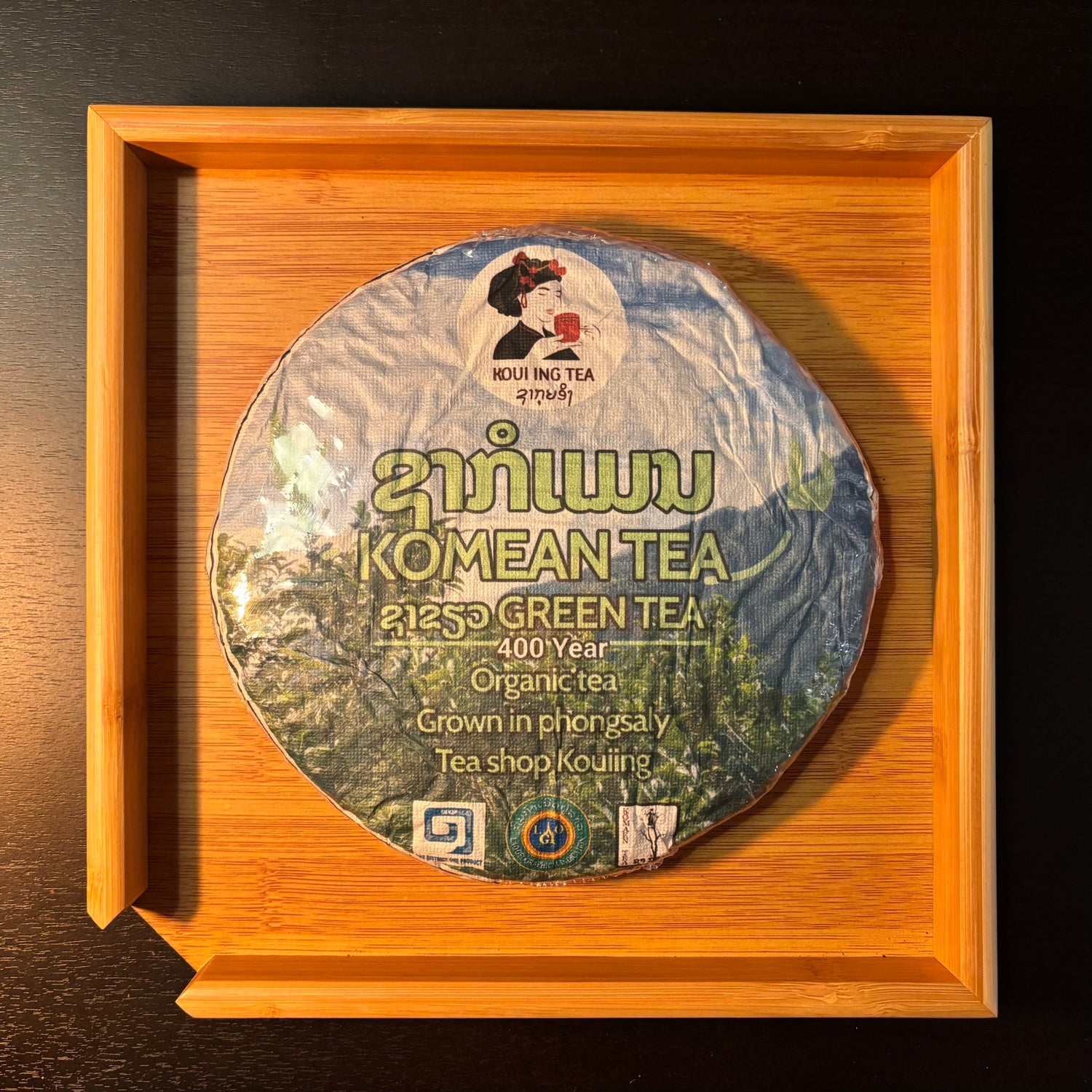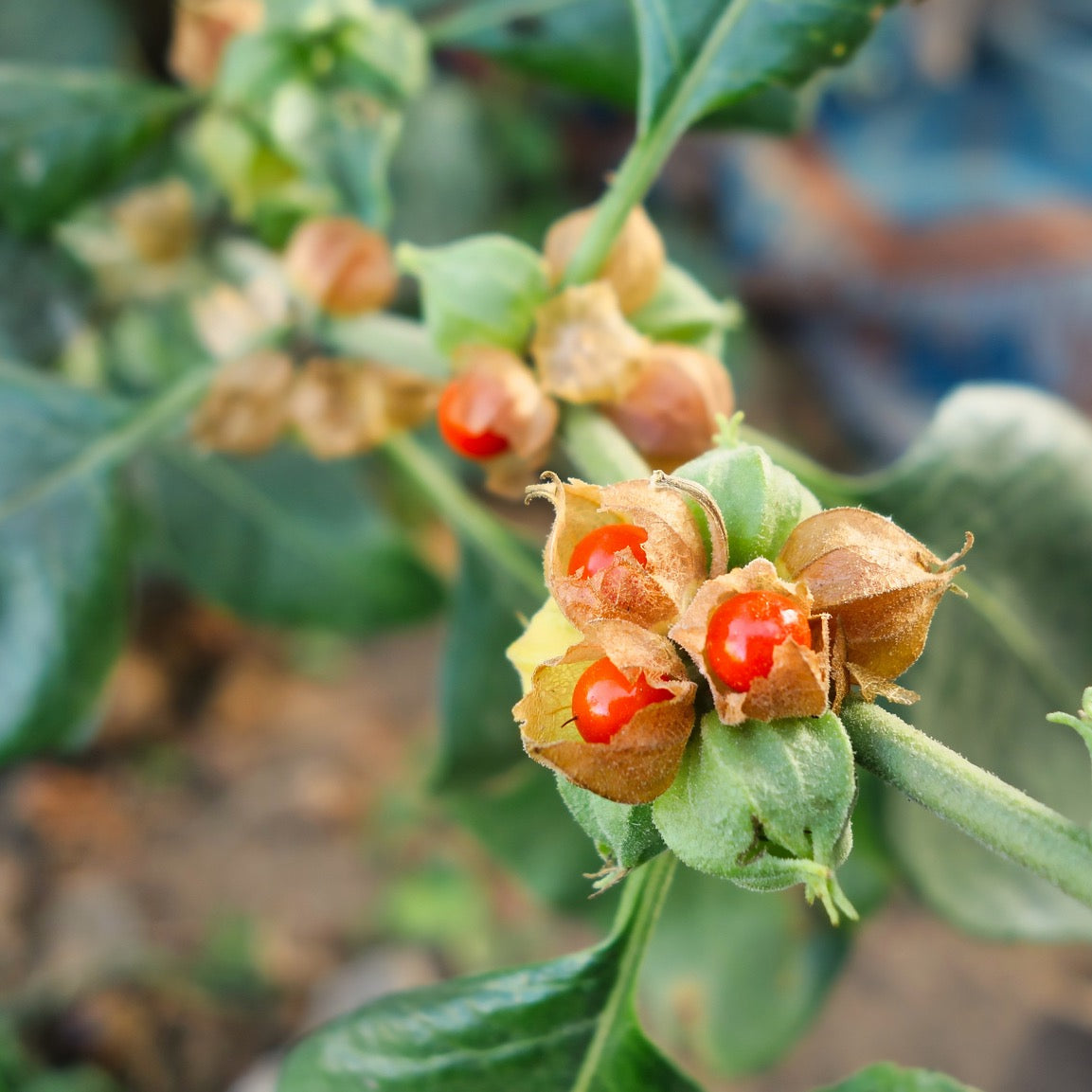<p> Exclusive tea from a 400-year-old tea plantation in the mountains of northern Laos. The tea is highly prized internationally due to its unique nutritional profile and provenance:<meta charset="utf-8"> <strong>357 grams of the same quality from the same region normally sells for 140 USD outside Sweden. Our price:<meta charset="utf-8"> 645 SEK. The reason for our low pricing is that the main purpose is to introduce the traditional Asian tea culture to Sweden/Scandinavia. In addition to this, we also have a launch discount on the smallest size so that everyone can try it at the same price/gram as if they had bought a larger one.</strong> Since we in Sweden are not used to this type of tea, the threshold would have been quite high if the teas had been sold for the normal price: 140 USD. This is only emphasized so that the quality of the tea<meta charset="utf-8"> not be misjudged based on price in comparison to other teas on the international market.</p>
<p>Another noteworthy point is that this grower has a very narrow market, in this case it is largely due to the low development of the country. The growers only speak Lao and Phunoi, a Tibeto-Burmese language, but thanks to a local representative who also speaks English, they are starting to have better conditions to communicate with the Western market. However, the process is not far along and they are currently working hard to find the beginnings of a foothold in the European market. They therefore, like the growers of <a href="https://tradgardsdags.nu/products/seohopene-ancient-gront-puerh-te" title="Seohopene Ancient | Green Pu'erh Tea from the Yao people's 20 m wild tea tree"><strong><em><span style="color: rgb(78, 153, 29);">Seohopene Ancient</span></em></strong></a> , have a limited ability to sell for fair prices to the Chinese traders. I therefore want to help both of these growers to broaden their market, as well as to get the market freedom and recognition that the class of their teas deserves.</p>
<p> <meta charset="utf-8">This tea was found through my own research and contact with the local population.</p>
<h4>
<meta charset="utf-8"> <strong><span>Origin:</span></strong>
</h4>
<p> This tea comes from the legendary 400-year-old tea plantation in the village of Ban Komean in Phongsali province - a region known for its green teas, ancient tea trees and ethnically diverse population. Phongsali is the northernmost province in Laos - bordering China & Vietnam, where most of the communities are located at high altitudes in the mountains, it is also the province with the greatest variation in different ethnic groups, a village can be inhabited by ethnic Hmong and a few km further along the road it is instead the Phu Noi who live, each with their own traditions and lifestyles. At many points their cultures meet and are united by the same values, while they differ greatly in other areas.</p>
<p>In the middle of the tea-clad mountain slopes lies the Phu Noi-inhabited village of Ban Komean. The village has become a prime example of how the tea industry can become a cornerstone for the operation of an entire community. In and around the densely built, hilly village are both tea production buildings and shops. The atmosphere feels energetic while the lifestyle is simple. The Phu Noi people have really made their mark on the region, including with their handmade shoulder bags in the ethnic group's distinctive colors of red and black, which almost everyone in the area carries with them on their errands regardless of their ethnicity.</p>
<p><meta charset="utf-8"> These 400-year-old tea trees are said to be some of the oldest in the world and their teas have become popular in China in recent years.</p>
<h4>
<meta charset="utf-8"> <strong><span>Distinctive features:</span></strong>
</h4>
<p><span>The special thing about these tea cakes is that they are made exclusively from leaves from ancient tea trees, around 400 years old. Like tea made from wild, large-grown tea trees, the teas from this ancient plantation have a richer nutritional profile thanks to the trees' well-established roots. The roots reach deeper and gain access to a greater variety of nutrients which then travel up into the leaves. The taste profile of the teas is influenced by the trees' unique set of nutrients, which is why tea made from these ancient tea trees can vary more in taste than teas made from younger, more uniform tea plantations - this is not an argument for or against, just a distinction in difference.</span></p>
<p> <span>Thanks to the richer nutritional content of these ancient teas, the teas can be brewed more times before losing their flavor.</span></p>
<p> <span>No chemical nutrients or pesticides are used in this ancient tea plantation.</span></p>
<p><span> <meta charset="utf-8">The teas are produced in the classic Yunnan way: heated in a large, heated wok after a short aging process and then pressed into compact <em>tea cakes.</em> This type of tea is called Pu'erh and, thanks to its post-harvest process, has the ability to develop more desirable properties the longer it is allowed to age. Like aged wines, the flavor profile often develops with age in a softer, more defined direction.</span></p>
<h4>
<meta charset="utf-8"> <strong><span>Flavor profile:</span></strong>
</h4>
<p> This tea has a sweetness that is initially hidden behind a bitterness, all the while surrounded by a light smokiness. A refreshing taste and invigorating drinking experience. As is usually the case with Pu'erh teas, it takes a few brews before the flavors come to their full potential.</p>
<p> It is worth noting that this is a <strong>green Pu'erh tea (Sheng)</strong> with a fresher taste and clearer color than the brown Pu'erh teas (Shou) which have undergone a more vigorous fermentation process and developed a rich, smooth flavor profile.</p>
<h4>
<meta charset="utf-8">
<strong><span>How to brew the tea:</span></strong>
</h4>
<p> Brewing Pu'erh tea is simple but requires a few steps to get the best flavor. Here's how:</p>
<ol>
<li>
<p> <strong>Prepare the tea</strong> :<meta charset="utf-8"> Carefully break the leaves off the top of the tea cake with a small, pointed kitchen knife, or a real pu'erh knife. Measure out 1-2 teaspoons of Pu'erh tea for a small pitcher (150–200 ml), or adjust the amount according to your taste.</p>
</li>
<li>
<p> <strong>Rinse the tea</strong> : Pour hot water (around 95–100°C) over the tea and pour off the water after 10 seconds. This step purifies the tea and brings the leaves "to life".</p>
</li>
<li>
<p> <strong>Brewing</strong> : Pour 95-100<meta charset="utf-8"> °C water over the tea leaves again and let steep for 20–30 seconds for the first brew. Suggested: let the steeping time be longer for each subsequent brew - longer time gives a stronger flavor.</p>
</li>
<li>
<p> <strong>Pour and enjoy</strong> : Pour the tea into a cup and enjoy. Pu'erh can be brewed multiple times, and the flavor develops with each brew.</p>
</li>
</ol>
<p>Tip: Use a gaiwan or a classic small teapot to maximize the flavor and experience. Don't let the tea steep for too long the first few brews, 1 minute instead of 30 seconds can give an undesirably high level of bitterness.</p>















































